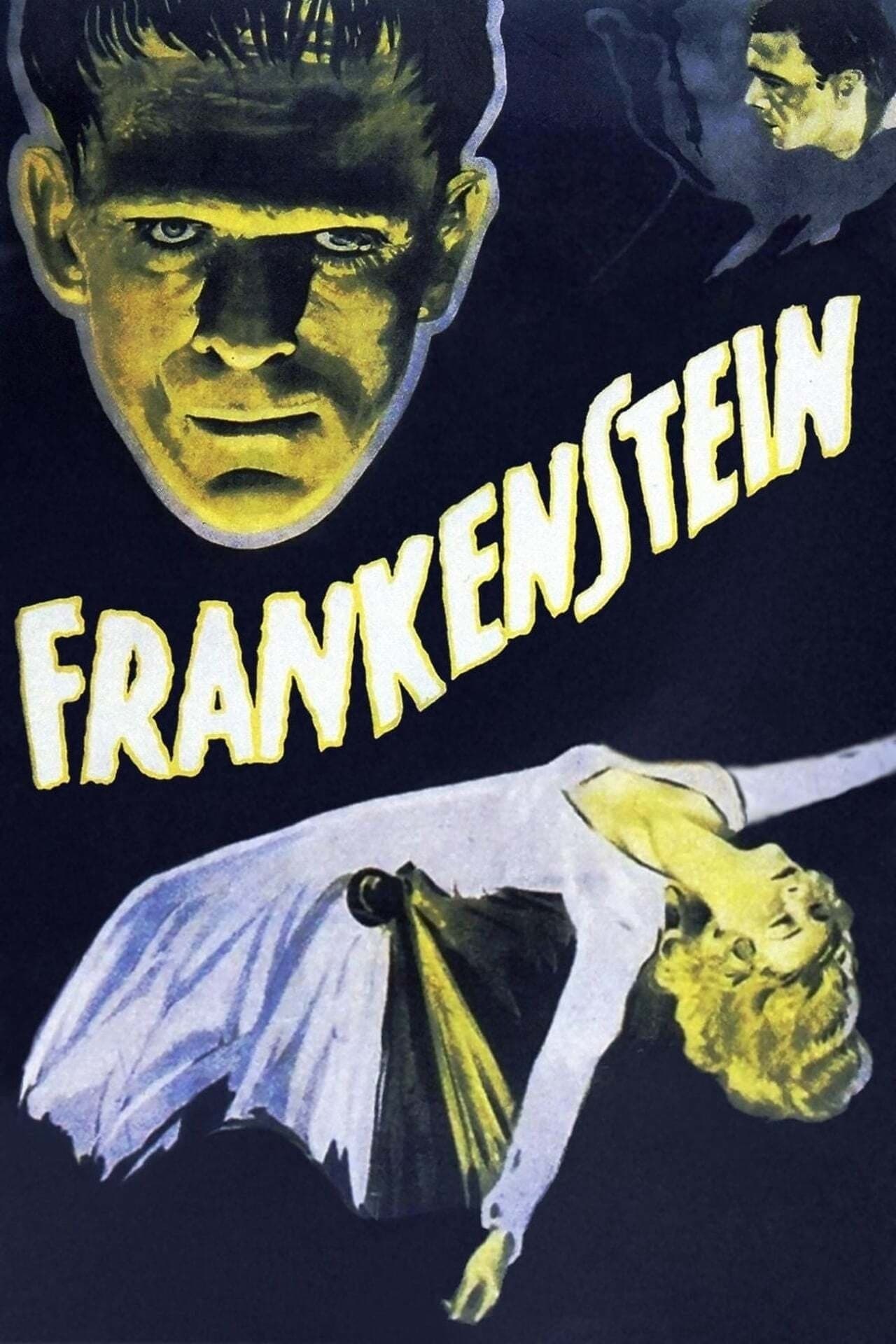
Frankenstein
1931
Rate this movie
Average: 0.00 / 5
(0 votes)
Director
James Whale's Frankenstein is a true icon of horror cinema, and, more broadly, of literature tout court. It is a work that has marked the history of cinema, seared horror iconography into memory, and given birth to a cultural icon that continues to exert its fascination decades later. It is no coincidence that the Creature's tragic and grotesque face, sculpted by Jack Pierce's ingenuity and animated by Boris Karloff's heartbreaking performance, became immediately recognizable, transcending the genre to become rooted in the collective imagination as an archetype of otherness and primal fear. Adapted from Mary Shelley's Gothic novel, the film explores profound and universal themes such as humanity's challenge to the limits of nature, the responsibility of science, the conflict between creator and creature, and the fear of the unknown. Whale, with his visionary sensibility and talent for the macabre, creates an atmosphere of suspense and terror, bringing to life an unforgettable monster, embodied by Boris Karloff's extraordinary interpretation, who infused every single drop of his art into the monster, resulting in an unsettling creature that has become part of all our imaginations. His halting gestures, vacant yet simultaneously eyes full of violated innocence, and guttural lament contributed to elevating the character beyond a mere threat, making him an embodiment of pathos and solitude.
Dr. Henry Frankenstein, an ambitious young scientist obsessed with the idea of conquering death, succeeds in creating a living being by assembling parts of corpses. His obsessive quest for knowledge, reminiscent of the Promethean myth and Goethe's Faust, drives him to violate every ethical and natural limit, inaugurating an archetype of the "mad scientist" that would populate subsequent cinema. But his creature, endowed with superhuman strength yet also childlike innocence, soon proves to be an uncontrollable being, capable of sowing panic and death in the small village where it is created. Whale, with skillful direction, alternates moments of suspense with scenes of great emotional impact, such as the encounter between the monster and the little girl Maria, which concludes tragically. This sequence, despite being heavily censored at the time for its implicit gruesomeness – the child's death is only suggested and not explicitly shown – remains one of the film's emotional and narrative pinnacles, sealing the Monster's fate as an outcast and condemned, not for intrinsic wickedness but for its very existence, inconceivable to human society. The masterful use of black and white, light and shadow, and Gothic set designs, profoundly influenced by German Expressionism and its distorted worlds à la The Cabinet of Dr. Caligari, contributes to creating an atmosphere of mystery and terror, where the viewer has no secure footing and finds themselves immersed in a narrative impasse of continuous suspension, anticipation, and unpredictability. The monster's menacing silhouette, or the distorted glare of the electrical experiments, are visual elements that penetrate the psyche, evoking a discomfort deeper than mere physical fear.
Frankenstein can be considered the archetype of the Body Horror genre, even while anticipating its more explicit manifestations by decades. The scene where Dr. Frankenstein assembles the monster's body from parts of corpses is a fundamental sequence for the genre, albeit shown with the prudishness dictated by the Hays Code. The very idea of an artificially constructed body, with mismatched parts sewn together and reanimated by a nearly blasphemous electrical force, is a disturbing concept that anticipates many of the grotesque images that would become characteristic of the genre, finding echoes in future works such as Cronenberg's The Fly or Carpenter's The Thing, where metamorphosis and the violation of bodily form are central. Frankenstein's monster, with its stitched skin, electrodes in its neck, and vacant expression, is an unsettling image that plays on the fear of physical deformity and the alteration of the human body, but also on the existential anguish of uncontrolled creation. Its monstrous appearance is a visual representation of the trauma of creation and the violation of the laws of nature, a warning about scientific hubris. In Frankenstein, the body is not just an object of horror, but becomes a source of horror itself, and simultaneously a vehicle of compassion. The creature, with its superhuman strength and unpredictability, represents a physical threat to other characters, but also a symbol of what happens when the human body is manipulated and transformed into something unnatural. Although the film does not show explicit physical transformations like those seen later in body horror, the very idea of creating a living being from dead matter implies a radical and unsettling transformation of the body. The film suggests that body manipulation can lead to horrible and unpredictable consequences, a lesson that still resonates today in an era of unprecedented biotechnological advancement. Finally, interesting is Whale's use of the camera in approaching the Monster; nervous long shots alternated with fleeting close-ups assemble a growing sense of unease in the viewer, a technique that merges psychological tension with the visual representation of otherness. Thus, a work of refined craftsmanship with a careful and skillful use of directorial technique cleverly attuned to the narrative, which elevates the film far beyond the confines of simple genre entertainment. Its influence is undeniable, having shaped not only horror but also the very way we perceive the relationship between science, humanity, and monstrosity.
Country
Gallery

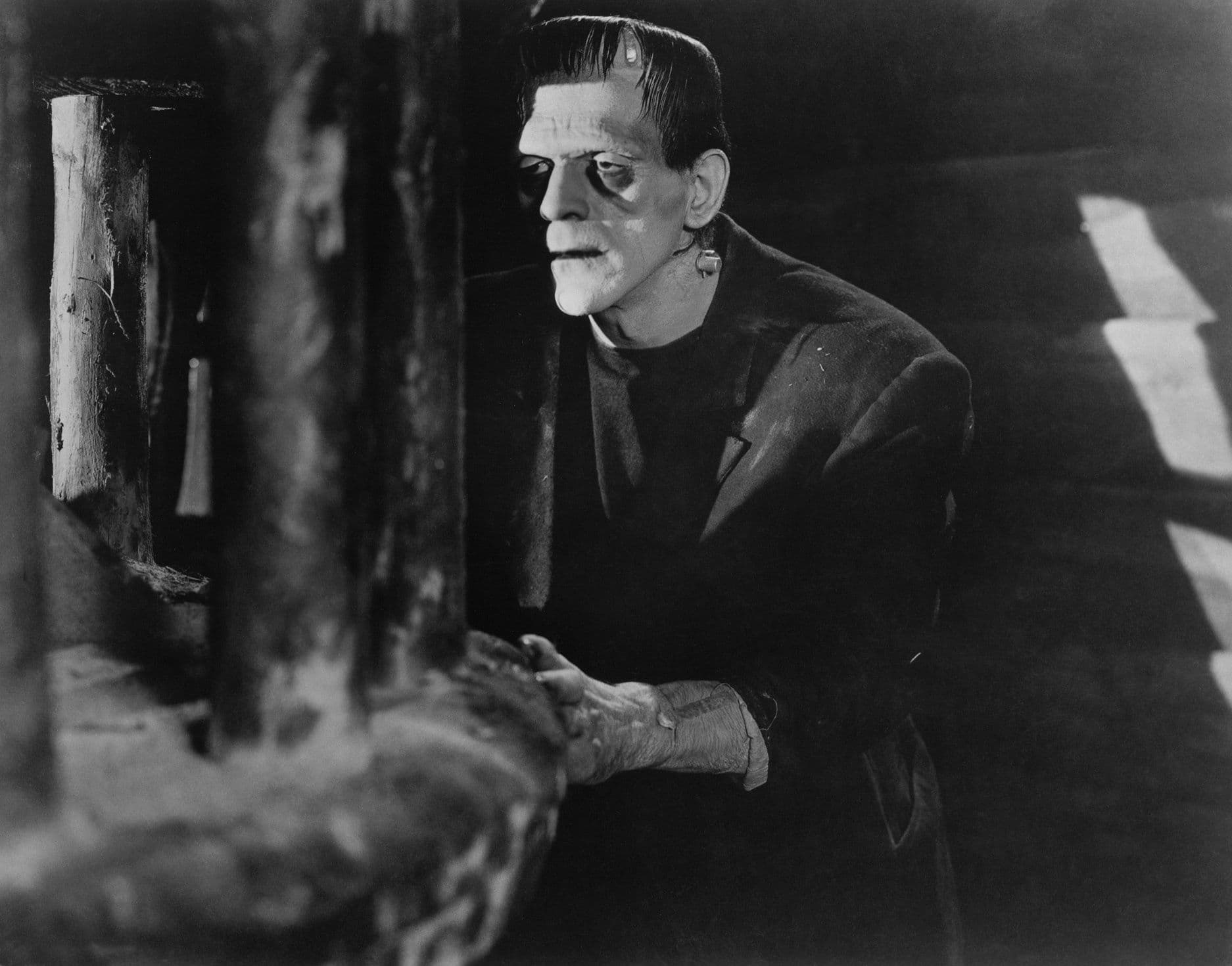
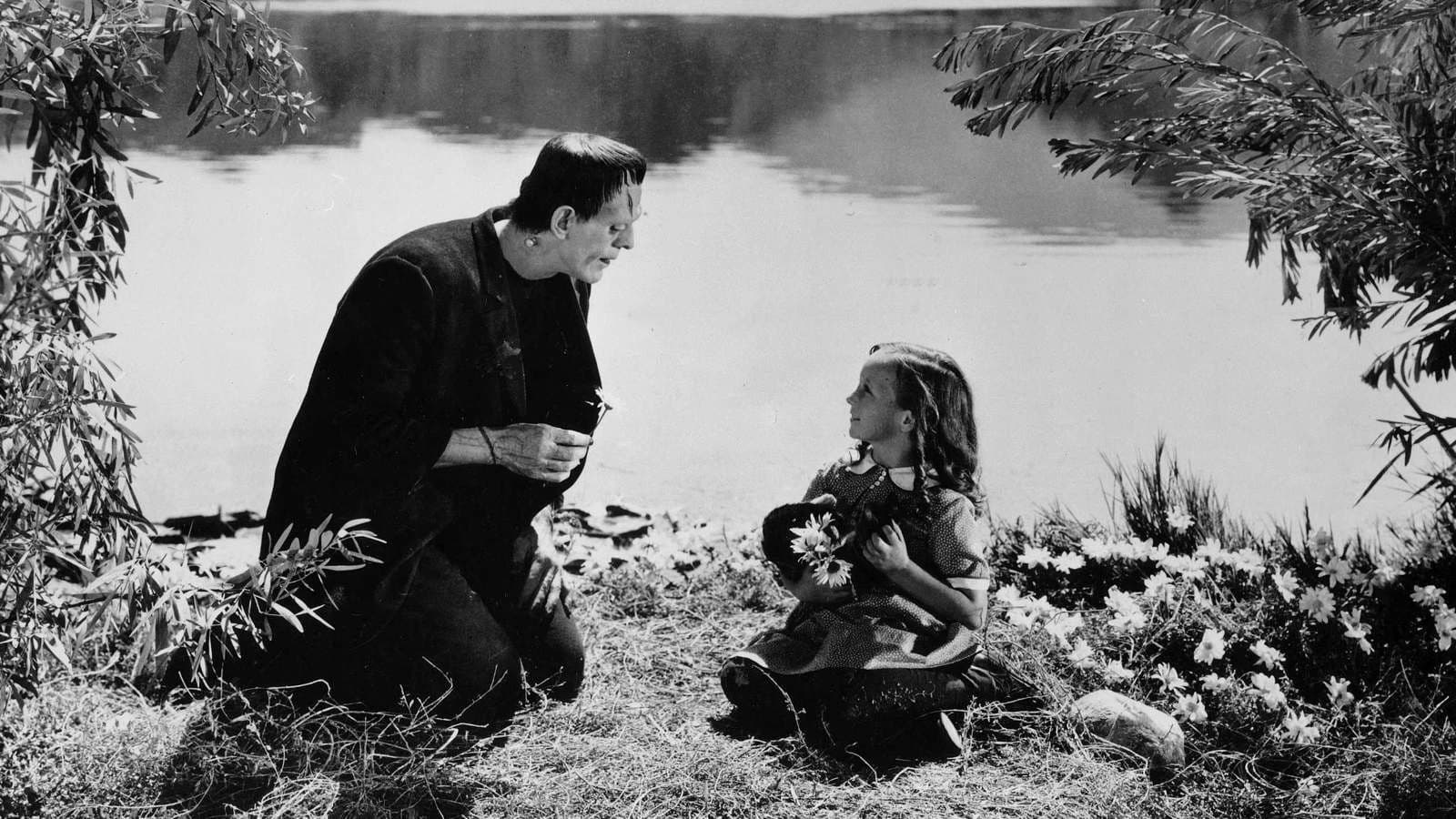
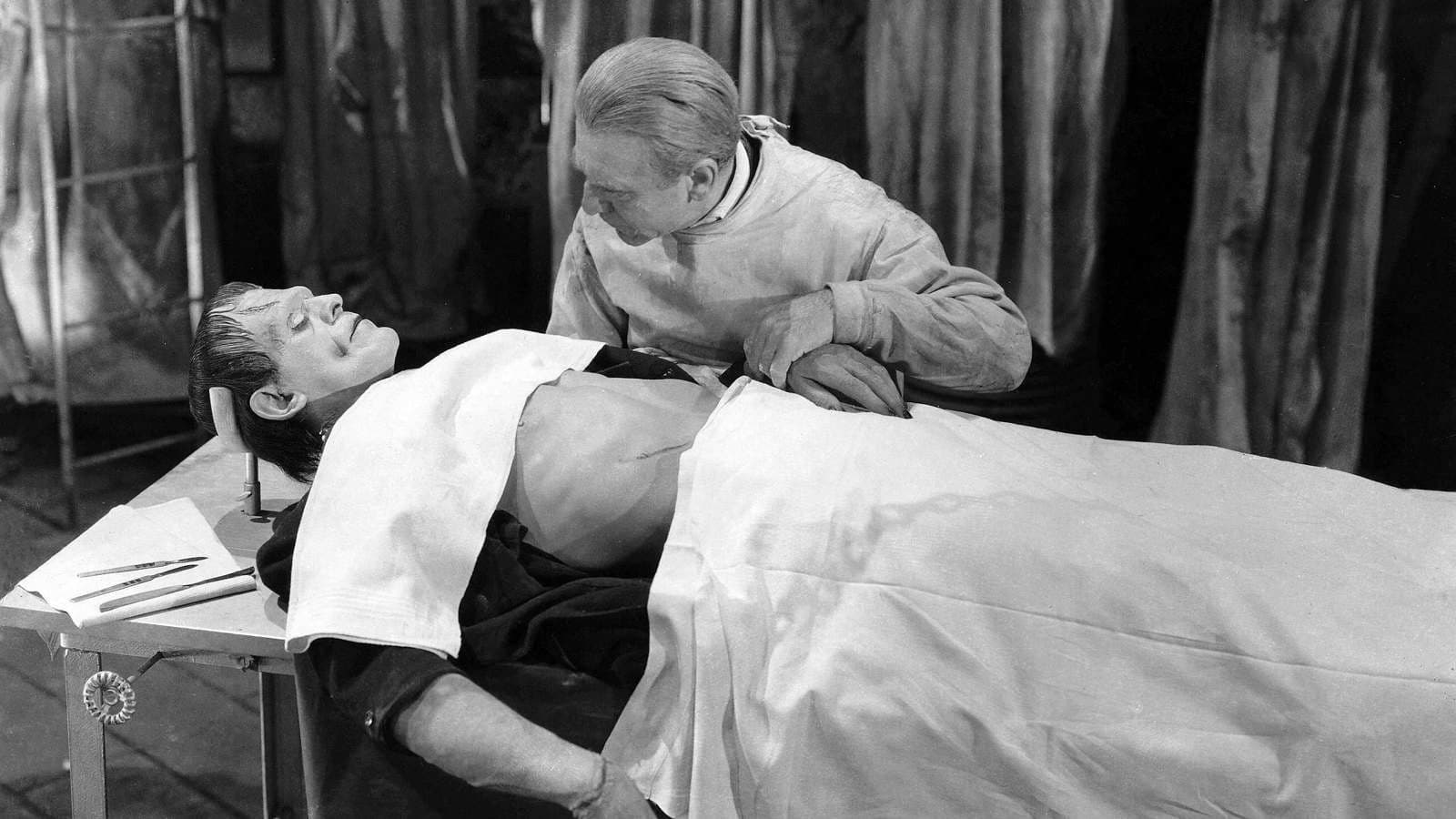

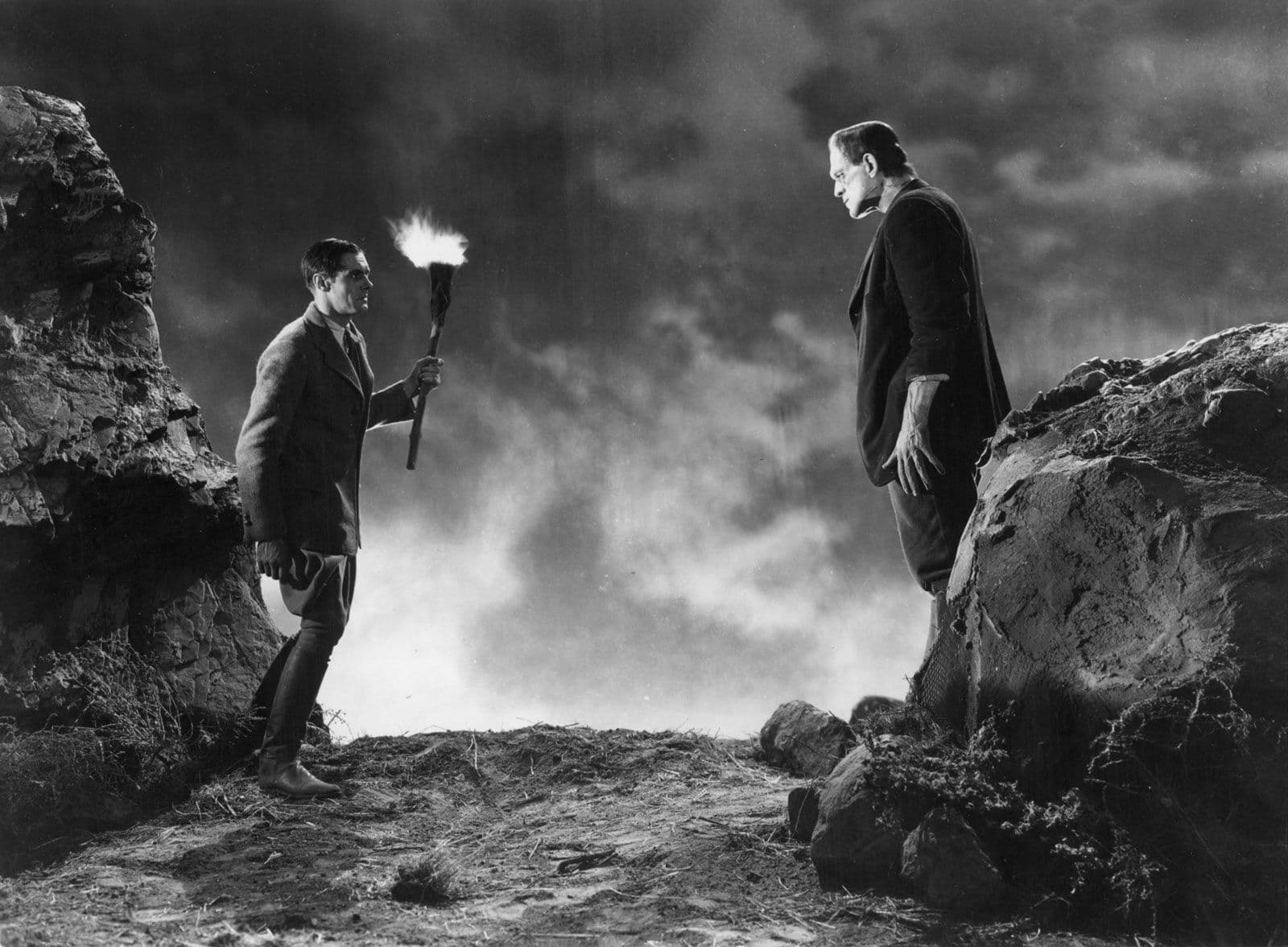
Featured Videos
Official Trailer
Comments
Loading comments...